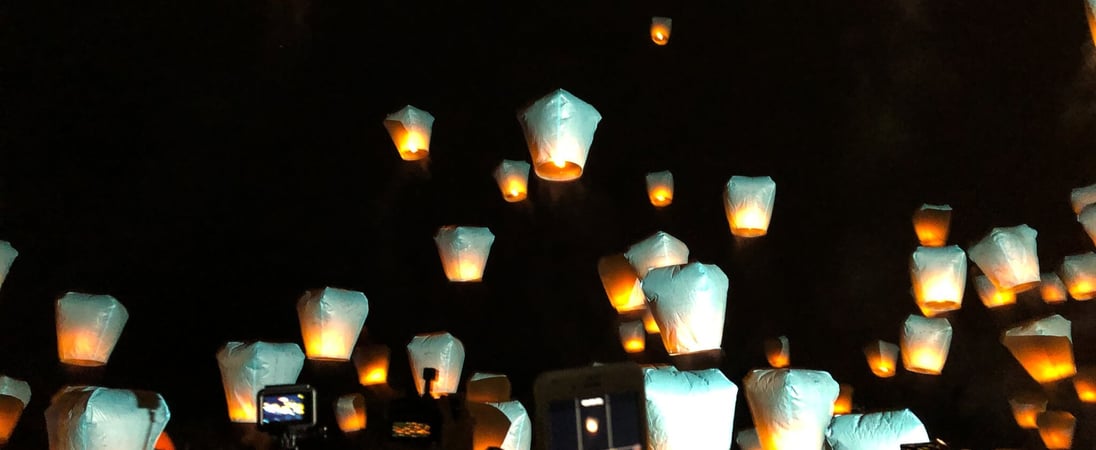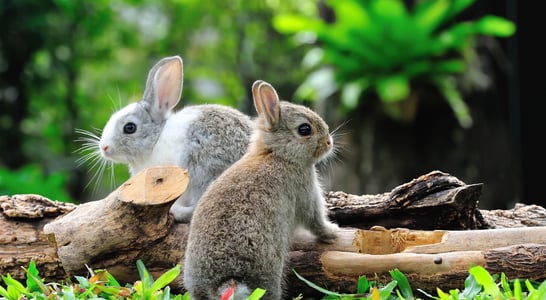
Lantern Festival
Amidst the dark winter sky, glows a world of wonder, an ancient Chinese tradition of sparkling lights and colors to warm the heart and ignite the soul, the lantern festival awaits!
Also known as the Shang Yuan Festival or the Yuan Xiao Jie Festival, the Lantern Festival is a traditional Chinese holiday that falls during the first month of the lunar calendar, on the fifteenth day.
The festival is a celebration of the end of the Chinese New Year celebrations and the start of the new year. It’s a time for families to come together and enjoy food, entertainment, and the lighting of lanterns.
One of the fundamental traditions of the Lantern Festival is the display and appreciation of colorful lanterns as well as other activities such as fireworks displays, parades, and traditional dance and music performances. Many people also participate in cultural activities such as solving riddles written on lanterns or eating sweet dumplings, called yuanxiao.
How to Celebrate Lantern Festival
There are many ways in which people celebrate the Lantern Festival. Some common traditions and activities include:
Displaying and Appreciating Lanterns
People display lanterns of all shapes and sizes, often in the form of parades or displays. The lanterns are made from a variety of materials, including paper, silk, and metal, and come in a wide range of shapes and sizes. Some lanterns are shaped like animals or objects, while others are simple round or cylindrical shapes.
Lighting Lanterns
Many people also light lanterns as part of the festival celebrations. These lanterns can be small handheld lanterns or larger lanterns that are suspended in the air. In some cases, people release lanterns into the sky as a symbol of letting go of the past and welcoming the future.
Solving Riddles
Some lanterns may have riddles written on them, and people try to solve these riddles, which is seen as a fun and interactive way to celebrate the holiday.
Eating Traditional Foods
The Lantern Festival is also a time for people to enjoy traditional foods, such as yuanxiao, a type of sweet dumpling made from glutinous rice flour. Other traditional foods that are often eaten during the festival include tangyuan (sweet rice balls) and other sweet treats.
Enjoying Performances
The Lantern Festival is often accompanied by performances of traditional Chinese music and dance, as well as other forms of entertainment such as acrobatics and theater.
Fireworks Displays
In some areas, fireworks displays are an important part of the Lantern Festival celebrations. These displays are often elaborate and spectacular, and are enjoyed by people of all ages.
History of Lantern Festival
The origins of the Lantern Festival can be traced back to the Han Dynasty (202 BC – 220 AD) in ancient China. According to legend, the festival was originally a celebration of the deity Taiyi, who was believed to be responsible for the creation of the universe. Over time, the festival evolved to become a celebration of the new year and the end of the winter season.
During the Tang Dynasty (618 – 907 AD), the Lantern Festival became an important cultural event that was celebrated by people from all walks of life as a time to pay respect to their ancestors and to pray for good fortune in the new year.
In the modern era, the Lantern Festival is still an important cultural event in China and is celebrated by millions of people around the world. It is a time for celebration, reflection, and coming together with loved ones, and is an integral part of Chinese culture and tradition.
How are Fire Lanterns Made?
Fire lanterns, also known as sky lanterns or Chinese lanterns, are made from paper or other flammable materials and are typically launched into the sky using a small flame. While they may be visually appealing, the release of fire lanterns can have negative consequences for the environment, wildlife, and people. Given these concerns, it is important to use caution when making and using fire lanterns.
Here is a basic guide to making a fire lantern:
- Gather Materials
You will need paper, a frame (such as wire or bamboo), and a fuel source (such as a small candle or oil lamp). You may also need scissors, glue, and other tools to assemble the lantern. - Cut the Paper
Cut the paper into a large rectangle or square. You will need enough paper to cover the frame and create the desired shape for your lantern. - Assemble the Frame
Use the wire or bamboo to create a frame for your lantern. You can use a pre-made frame or create your own using the materials you have. - Cover the Frame
Glue or tape the paper to the frame, being sure to smooth out any wrinkles or creases. You may need to use additional pieces of paper to refine the shape or cover any unwanted gaps. - Add the Fuel Source
Once the lantern is assembled, add the candle or lamp to the bottom of the lantern. Be sure to use a fuel source that is appropriate for the size and shape of your lantern and that is contained in a stable and safe manner. - Light the Lantern
When you are ready to launch the lantern, light the fuel source and carefully lift the lantern into the air. Be sure to use caution and follow any local laws or regulations that may apply to the use of fire lanterns.
About Fire Lanterns and the Environment
There is a concern that fire lanterns can pose a fire hazard, particularly if they land in dry grass or other flammable areas. In addition, the paper and other materials used to make fire lanterns are not biodegradable and can take a long time to break down in the environment. As a result, they can contribute to litter and pollution.
Fire lanterns can also pose a threat to wildlife, as they can be ingested or become entangled in animals’ bodies. This can cause injury or death to the affected animals.
Given these concerns, fire lanterns are discouraged in many areas and is often regulated or banned by local authorities. There are also alternative ways to celebrate the Lantern Festival or other events that do not involve the release of fire lanterns. For example, people can display or appreciate non-flammable lanterns or participate in other traditional activities such as riddle solving or eating traditional foods.
Also on ...
View all holidaysInternational Irish Whiskey Day
Savoring that smooth, amber-hued spirit with a rich heritage, evoking the warmth of tradition and the charm of Irish culture.
World Wildlife Day
Nature's untamed wonders are always captivating, from the majestic beasts of the savanna to the tiny creatures in your backyard.
National Canadian Bacon Day
This savory meat is a breakfast staple, often served with eggs and toast. It's a delicious and protein-packed way to start your day!




